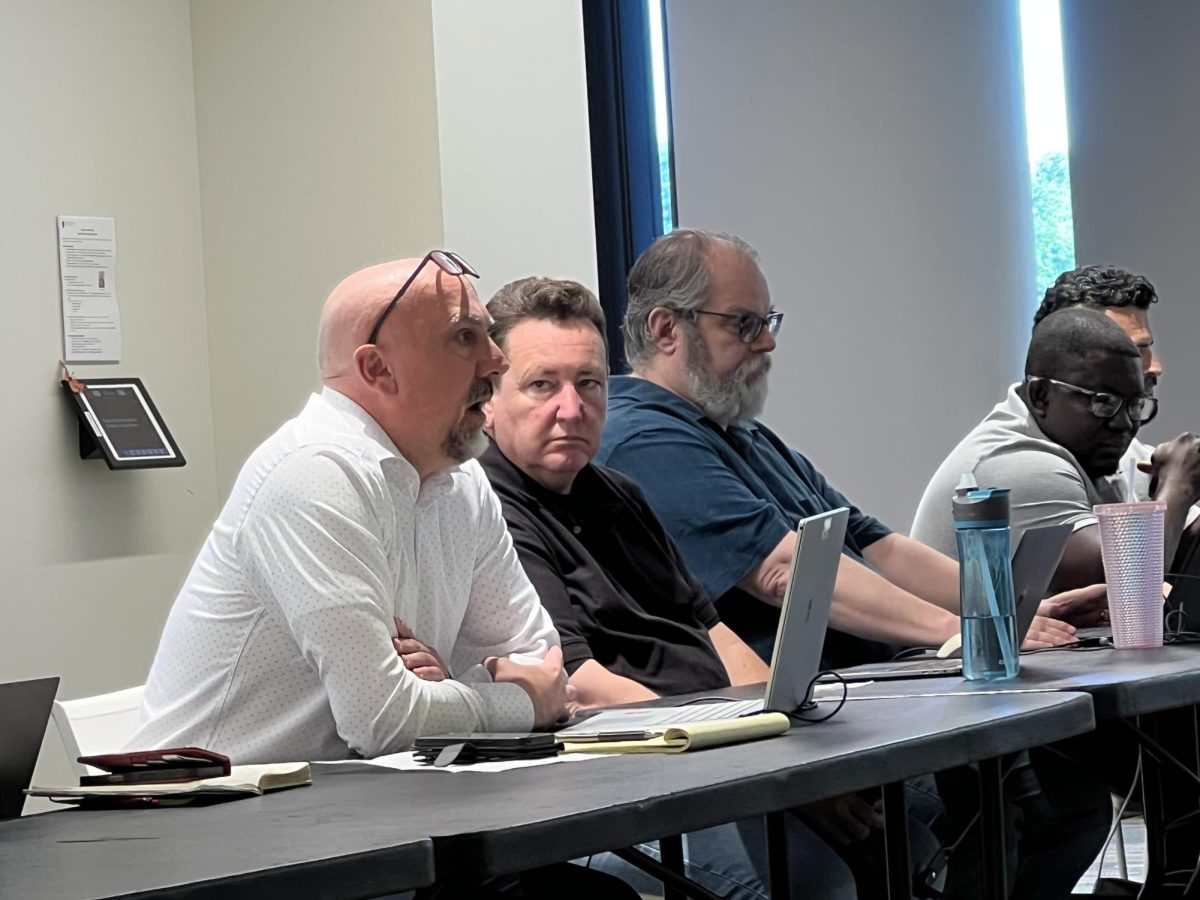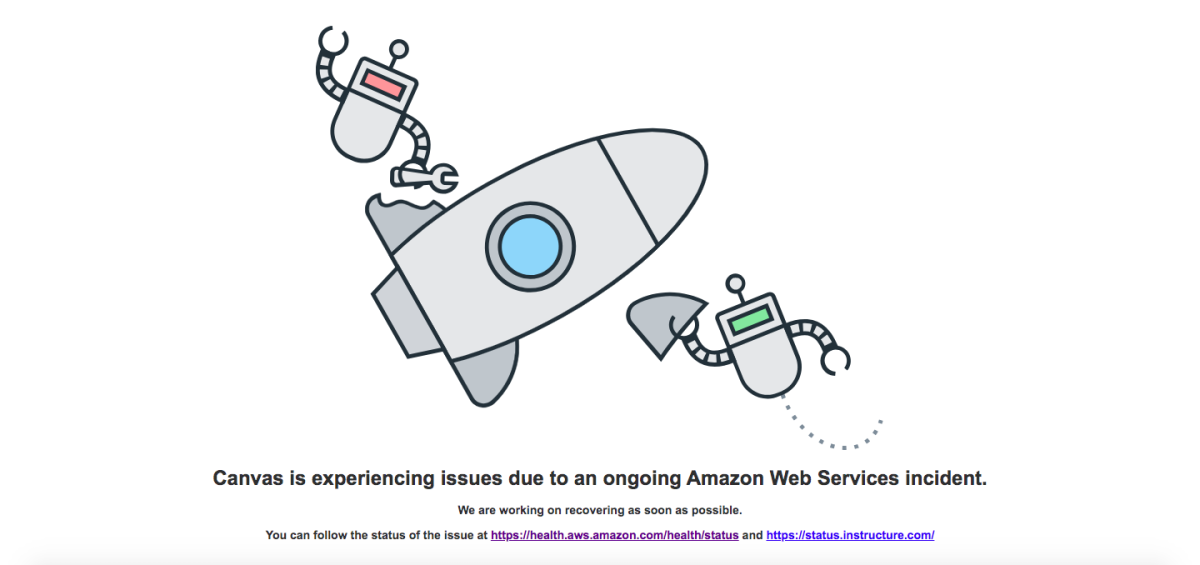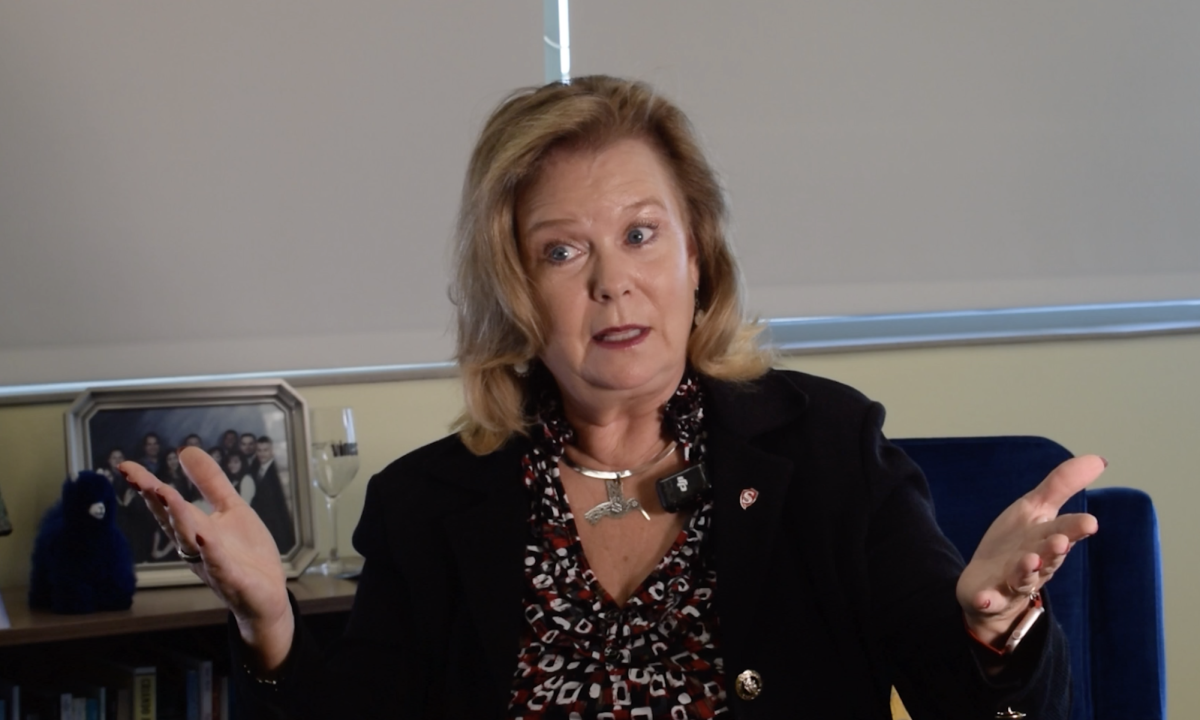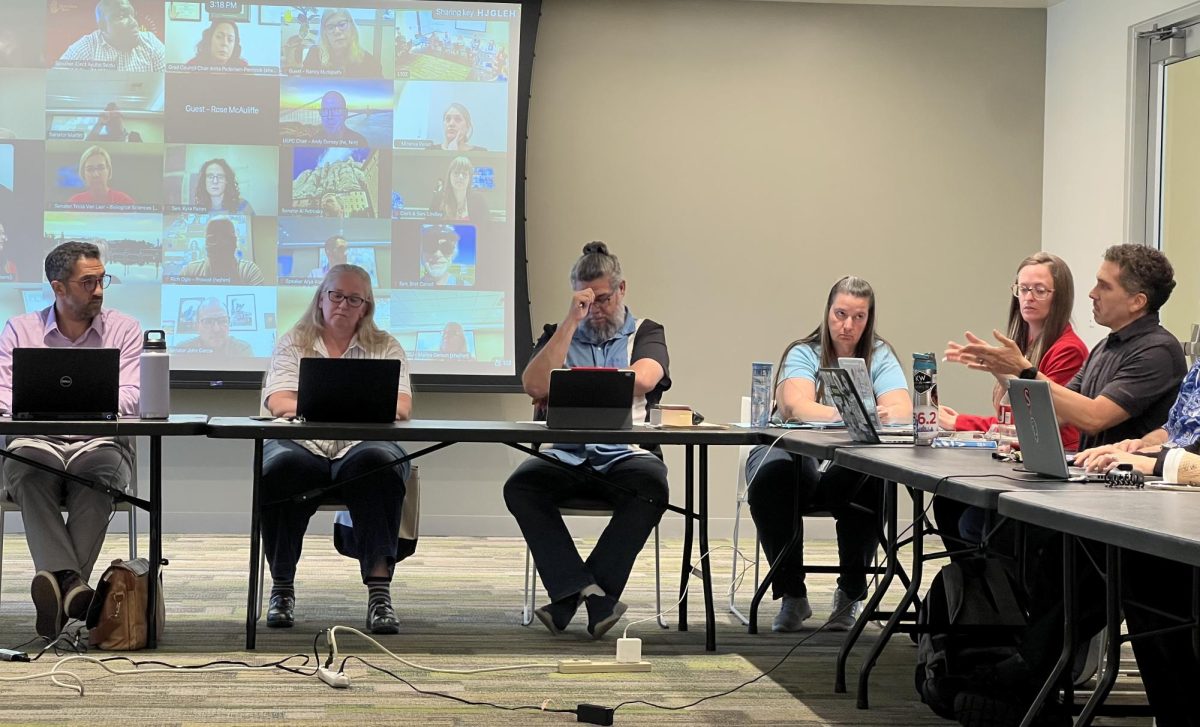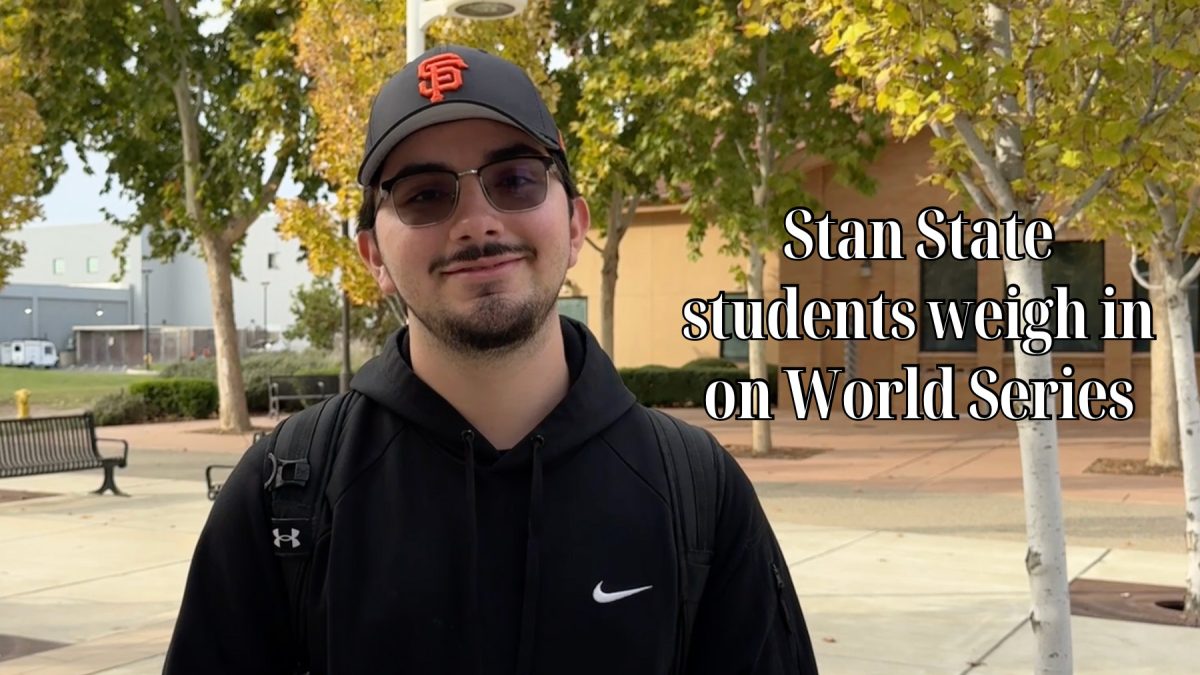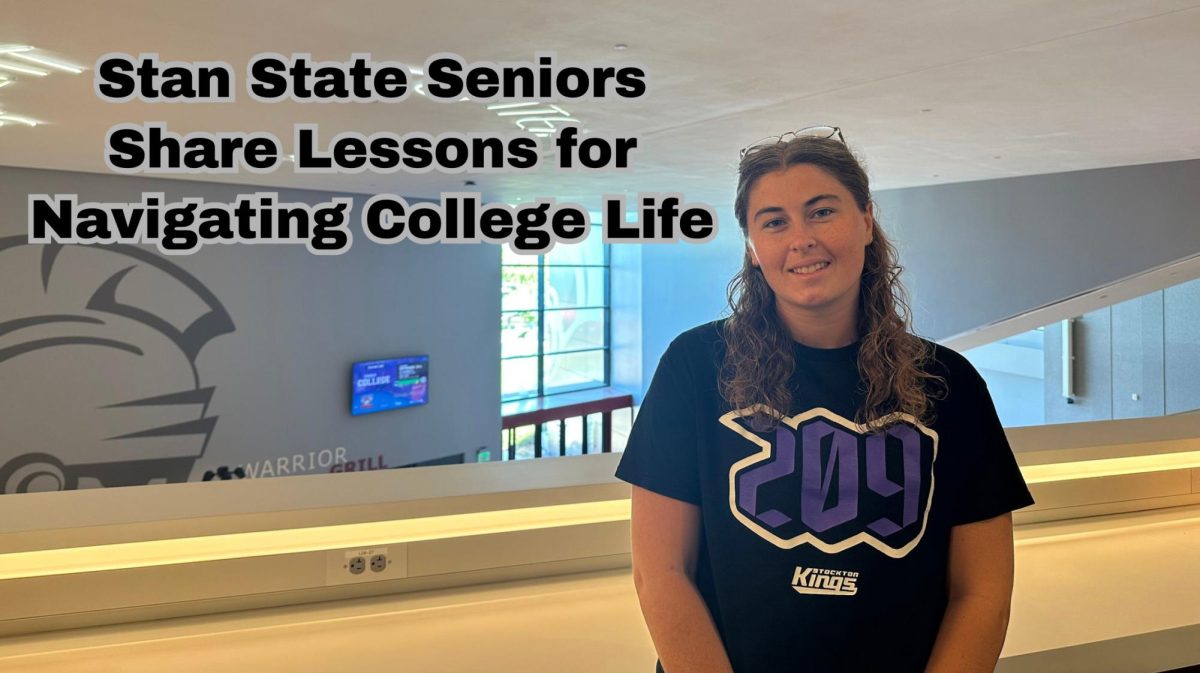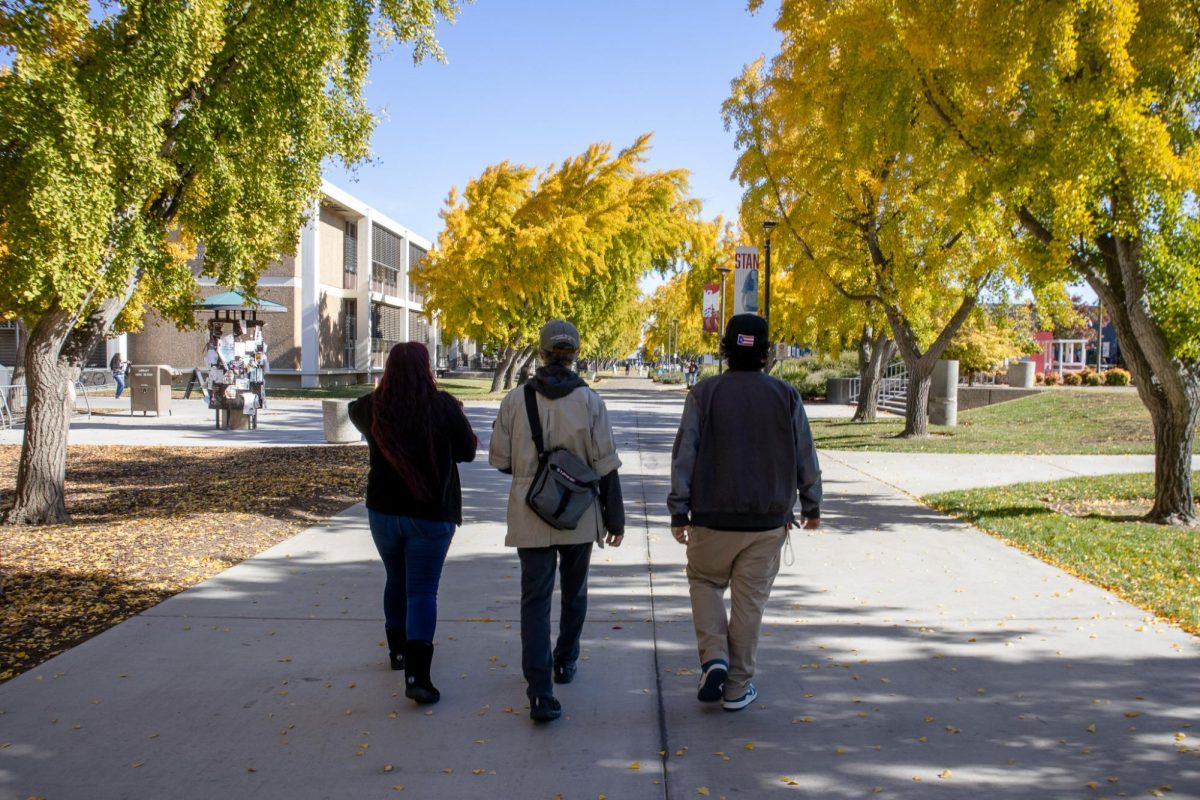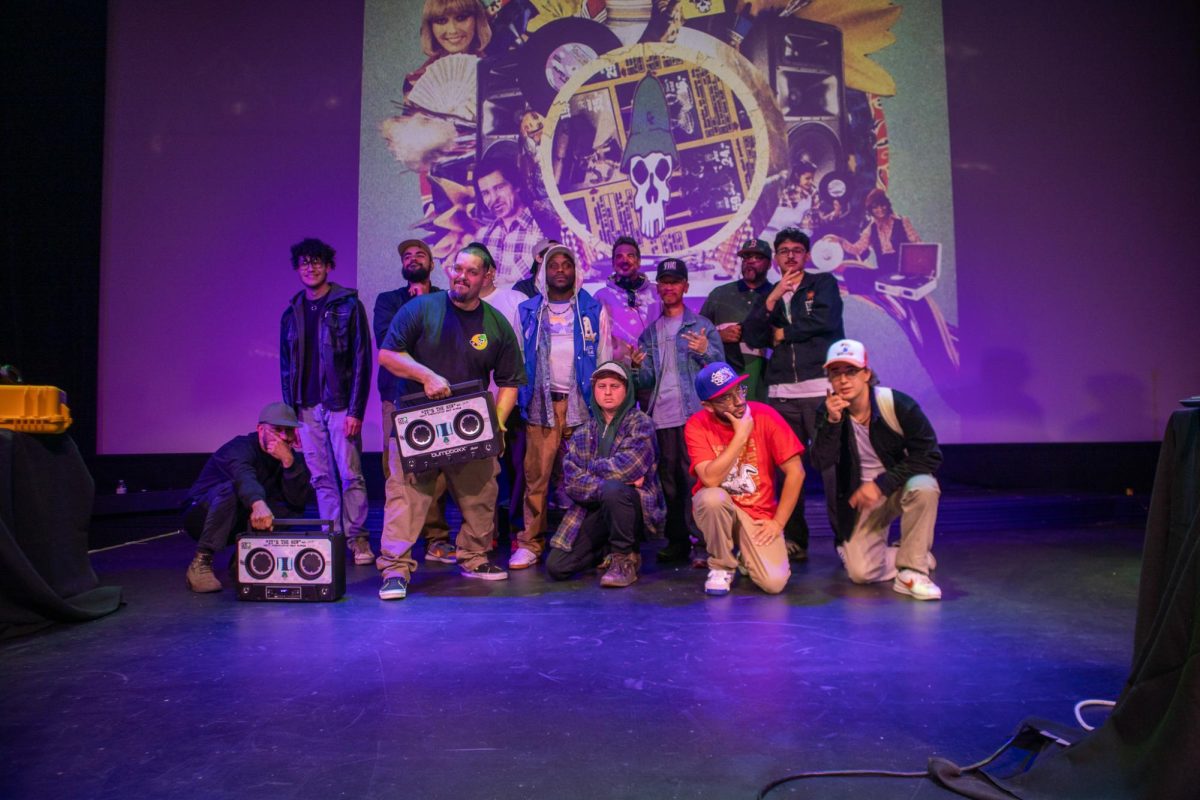Throughout the course of the pandemic, teaching has drastically changed. While teachers and students around the nation have been struggling to adapt to the new online classroom setting, the Single Subject Credential Program Administration, Stan State alumni and students share their thoughts and experiences while trying to deal with the significant changes to the teaching industry.
Mary Cruz Arellano is a student teacher at Ceres High School that began the Single Subject Program back in August of 2020. The program is designed to help students get their teaching credential to teach secondary education. Arellano is set to graduate this May, so teaching over zoom has raised some concern in regards to student engagement.
“Since students are not physically there, it’s kind of hard to know if they are understanding the material. I’m basically teaching to blank screens,” Arellano confessed.
The issue of teaching to blank screens is unfortunately something that most teachers have been dealing with as part of the switch to online learning. This is an issue which prompts a crucial question: What can teachers do to engage their students in a virtual classroom setting?
For Dr. Heather Dean, director of the Single Subject Credential Program, this question has been the center of how the program has responded to the change.
“To engage K-12 students in an online environment is very challenging, so we try to adapt our coursework and our lessons in order to help with that. We did have expert teacher panels come in and talk how they were engaging students and their best practices,” stated Dean.
With it being over a year since the pandemic has changed the way schools are conducted and since there has not yet been a date for most schools around the nation to resume face-to-face classes, the credential program here at Stan State might experience some changes in preparation for the continuance of virtual learning in the future.
“I think in the future faculty will want more opportunities to teach in an online environment as well as face-to-face, and I believe our students will expect more options in the future. They’re going to want to have some options and we are wanting to provide that moving forward. The nice thing about the program is that we can always make minor changes to the curriculum to adapt to the times,” stated Dean.
For most students within the K-12 school system, it has been a struggle to feel motivated enough to fully participate in their classes. With no recess, lunch time with friends, sports, clubs, and in-person graduations, school has drastically become less of a memorable experience.
All throughout the Central Valley, school districts and their faculty have been implementing creative teaching strategies not only to enhance their students’ engagement, but also to liven up their experience by using Kahoot, Flipgrid and playing Zoom-based games such as I-Spy.
However, what can be more challenging is engaging students on the secondary level, not only due to the lack of mature based engagement tactics, but also due to the limited time that block scheduling allows for a teacher to have with their classes. As such, Arellano has plans to add additional components to her classes to test out which methods better suit the dynamic of her virtual classroom.
“I’ll probably start including more of Flipgrid- since most students can’t physically connect with their peers, Flipgrid allows them to record themselves, comment, or reply with a video. I think that that would be very interesting for a teacher to see and for the students to interact with each other,” said Arellano.
For Arellano and her older sister Ana Paredes, their goal in engaging their students within their virtual classrooms is something that is very important to them. Something they find to be very helpful is to implement aspects of the online world that are already familiar with to their students.
As a Spanish teacher at Lucas Elementary Dual Language Academy, Paredes had noticed that some of the students within her 1st grade class were not motivated enough to participate, and at times would not turn in their assignments on time which prompted her to try something new.
“I know that in today’s era all kids know about Youtube, so one day I thought, ‘hey you know what, why don’t I tell them that for them to turn in the assignment they would have to be like a Youtuber’, so I told them that for this assignment I want you guys to record yourself counting to 120, but first make sure you introduce yourself as a Youtuber,” explained Parades.
After watching the delighted responses from her students, Parades was determined to test out similar ideas such as having her students do Tiktok dances during their stretching break, which also proved to motivate most of the students to dance along.
While the connection between students and social media has significantly grown throughout the course of the pandemic, primarily more on TikTok, the connection between young, soon to be teachers and veteran teachers is growing on the same app.
“TikTok saved my life during this crisis learning over zoom,” says Parades.
As Parades took inspiration from the TikTok dance frenzy to help engage her students, many teachers on the #TikTokTeacher side of the app have given similar advice for engaging students. They use a new trend of integrating a common Twitch streaming layout to Zoom to switch up the overall dynamic of their virtual classrooms.
By using the application Streamlabs, teachers are able to connect it to their Zoom classrooms and personalize different layouts that include starting Zoom screens, break time screens, lecture screens, and more. Each screen can be customized with music, fonts, background images, animations, gifs and webcam frames.
Even in these difficult times, there are still communities of teachers and aspiring teachers that are trying to make a great learning experience for their students. In most cases you don’t even have to travel too far to find them. They’re in your hometown, major cities, and taking courses at your local university.
As Dr. Dean explained, “I would say that my students are working so hard. I think they’re still making all of the right efforts and reaching out to students. I think in a difficult situation, we as a program are very proud at how hard our students are working to still be exultant, even in a kind of crazy time.”

